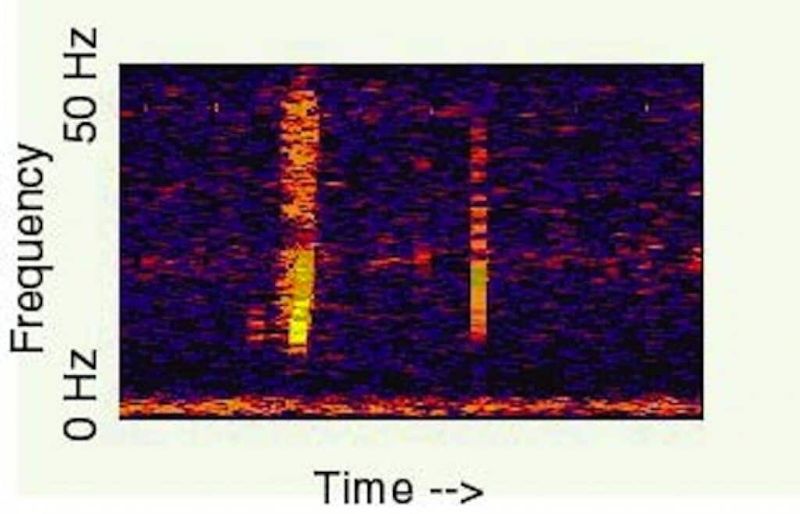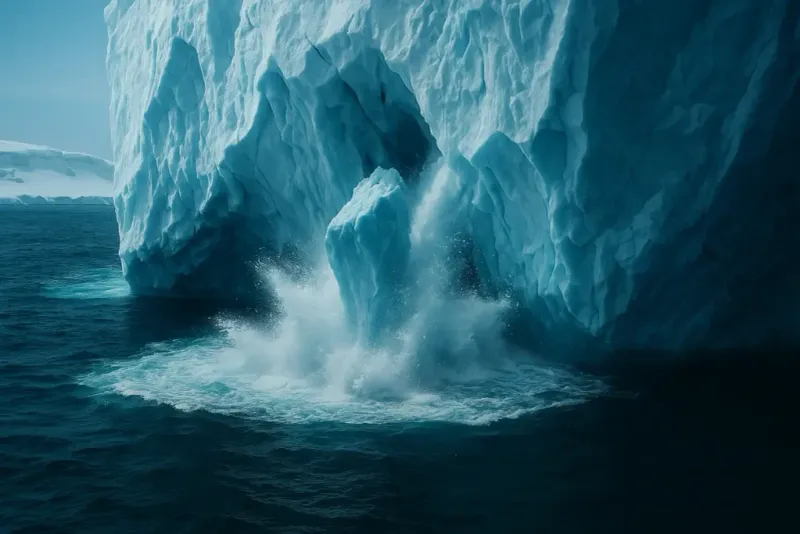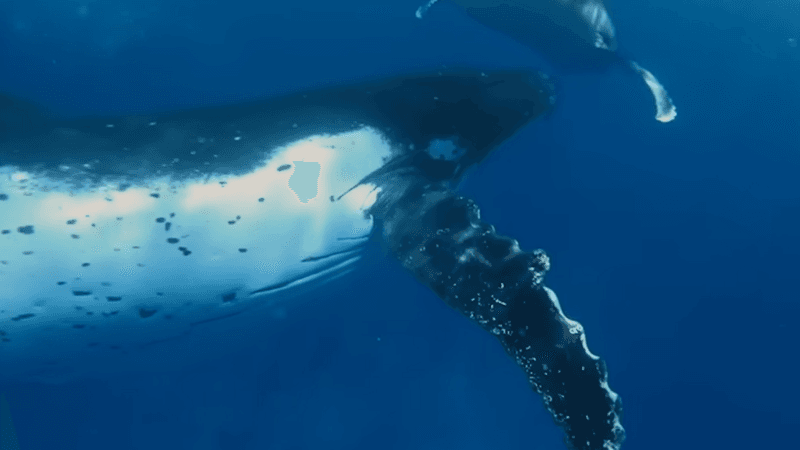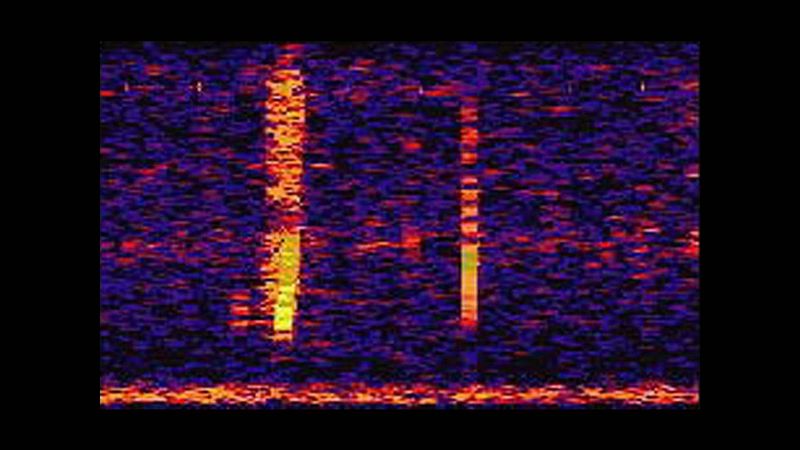Back in 1997, scientists picked up something strange echoing through the Pacific Ocean. It was a sound so loud and so deep that underwater listening stations thousands of kilometers apart all heard it at once. They called it the Bloop, and for years, nobody could agree on where it came from—or what made it.
The Bloop: Ocean’s Loudest Underwater Sound
In the summer of 1997, hydrophone arrays scattered across the Pacific Ocean picked up an ultra-low-frequency rumble that no one had ever heard before. The signal was so powerful that multiple listening stations, positioned thousands of kilometers apart, recorded it almost simultaneously. Scientists nicknamed it the Bloop because of the way it sounded when sped up for human ears.
What made the Bloop truly baffling was its intensity. Researchers quickly realized that no known marine animal—not even the largest whales—could produce a sound this loud or this far-reaching. The frequency was also unusual, sitting well below the vocal range of most ocean creatures.
Speculation ran wild. Some wondered if a gigantic, undiscovered sea monster was responsible. Others pointed to geological activity deep beneath the ocean floor. For years, the Bloop remained one of the ocean’s most tantalizing mysteries, sparking debates among scientists and capturing the imagination of the public worldwide.
From Mystery to Icequake: Likely Source
After years of investigation, researchers have landed on a much more down-to-earth explanation: icequakes. These are seismic events caused when enormous ice masses crack, shift, or crash into the ocean floor in polar regions. The acoustic signature of the Bloop—its ultra-low frequency and massive reach—matches what scientists would expect from such an event.
NOAA and other ocean acoustic experts now believe that the Bloop was most likely produced by ice-related processes in the Antarctic. Large icebergs regularly calve from glaciers, and when they fracture or grind against the seafloor, they generate powerful underwater sounds. These sounds can travel incredible distances through the ocean, especially at low frequencies.
While the icequake theory is widely accepted, it’s worth noting that no single piece of ice has been definitively matched to the Bloop event. Still, similar sounds have been recorded in the Antarctic region, lending strong support to this explanation and helping scientists better understand the dynamic world of ocean acoustics.
What Makes It the Loudest?
The Bloop earned its reputation as one of the loudest underwater sounds ever recorded because of its sheer acoustic reach. Hydrophones stationed across different parts of the Pacific Ocean detected it over distances exceeding 5,000 kilometers. That’s roughly the distance from New York to London, all underwater. Such propagation requires an incredibly powerful source.
Beyond distance, the amplitude—or loudness—of the signal was also extraordinary. When scientists analyzed the sound’s characteristics, they found it was far too intense to come from any known marine animal. Even the mighty blue whale, the largest creature on Earth, couldn’t produce a call with that kind of reach or power.
The frequency of the Bloop also set it apart. It was ultra-low, well outside the typical range of whale songs and other biological sounds. This unusual combination of loudness, distance, and frequency is what made the Bloop such a standout event in ocean acoustics, and why it continues to fascinate researchers and enthusiasts alike.
Why the Bloop Still Intrigues
Even with the icequake hypothesis widely accepted, the Bloop hasn’t lost its mystique. No definitive ice event has been matched 100 percent to the original 1997 recording, and not all aspects of its acoustic signature are perfectly explained yet. Some details still puzzle scientists, leaving a small window of uncertainty that keeps the conversation alive.
The Bloop has become a landmark case in ocean acoustics, reminding us that the deep sea is still full of sonic secrets. It sparked renewed interest in monitoring underwater sounds and understanding how they travel across vast distances. Today, researchers continue to listen for similar signals, comparing them with known ice events and refining their models of sound propagation.
Beyond the science, the Bloop has captured the public imagination in a way few other ocean phenomena have. It’s a story of mystery, detective work, and the realization that our planet still has surprises waiting to be uncovered. Whether it’s ice or something else, the Bloop remains a reminder of how much we have yet to learn.








